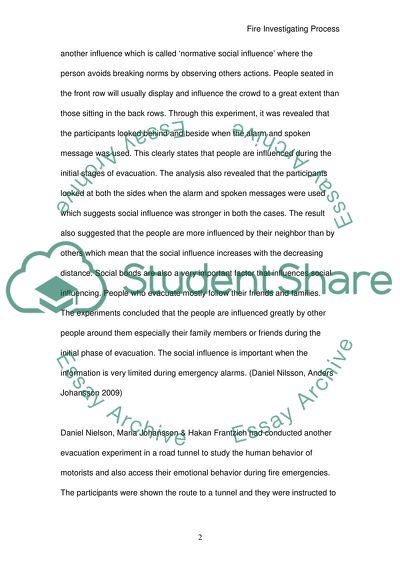Cite this document
(Human Behaviour in Fire Coursework Example | Topics and Well Written Essays - 2000 words, n.d.)
Human Behaviour in Fire Coursework Example | Topics and Well Written Essays - 2000 words. Retrieved from https://studentshare.org/psychology/1732573-human-behaviour-in-fire
Human Behaviour in Fire Coursework Example | Topics and Well Written Essays - 2000 words. Retrieved from https://studentshare.org/psychology/1732573-human-behaviour-in-fire
(Human Behaviour in Fire Coursework Example | Topics and Well Written Essays - 2000 Words)
Human Behaviour in Fire Coursework Example | Topics and Well Written Essays - 2000 Words. https://studentshare.org/psychology/1732573-human-behaviour-in-fire.
Human Behaviour in Fire Coursework Example | Topics and Well Written Essays - 2000 Words. https://studentshare.org/psychology/1732573-human-behaviour-in-fire.
“Human Behaviour in Fire Coursework Example | Topics and Well Written Essays - 2000 Words”. https://studentshare.org/psychology/1732573-human-behaviour-in-fire.


